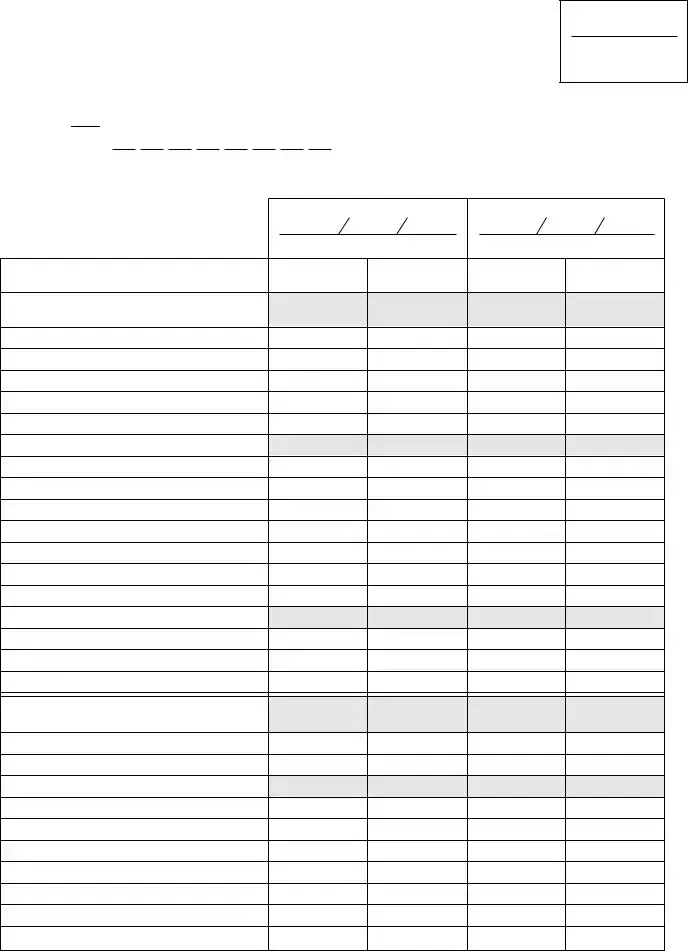Maryland 4A PDF Template
The Maryland 4A form, defined by the State of Maryland Department of Assessments and Taxation Personal Property Division, serves as a balance sheet for businesses to report their assets, liabilities, and equity within a specific accounting period. It captures detailed information ranging from current assets like cash and inventory to long-term liabilities and equity, necessitating accurate and comprehensive financial record-keeping from the assigned periods. To ensure your business complies with Maryland's reporting requirements, make sure to fill out the form with meticulous attention to detail. Click the button below to start filling out the Maryland 4A form.
Open Your Maryland 4A


